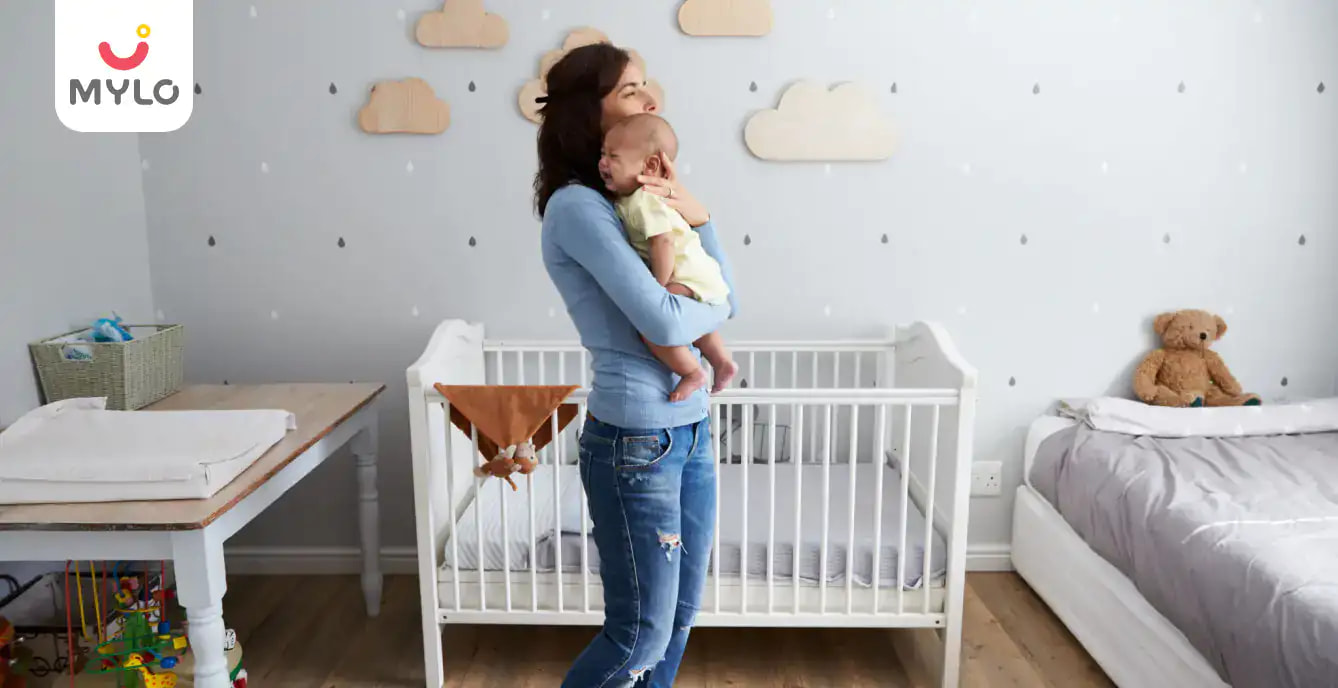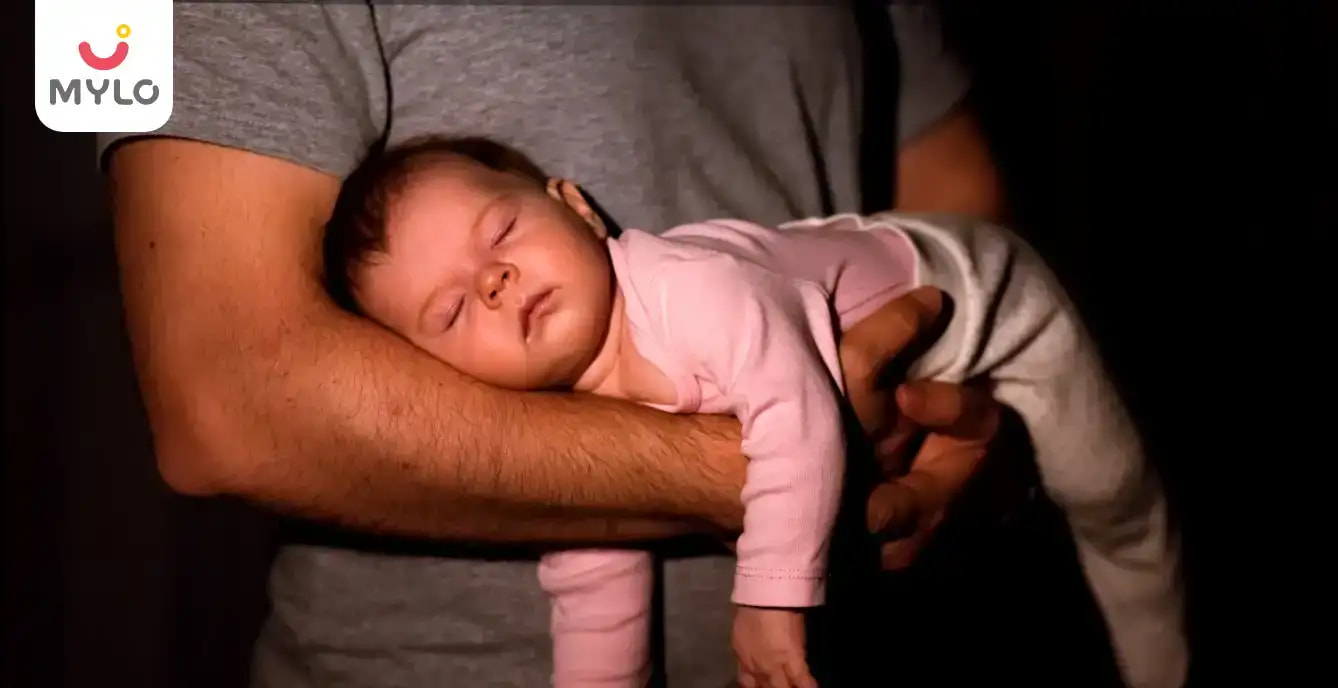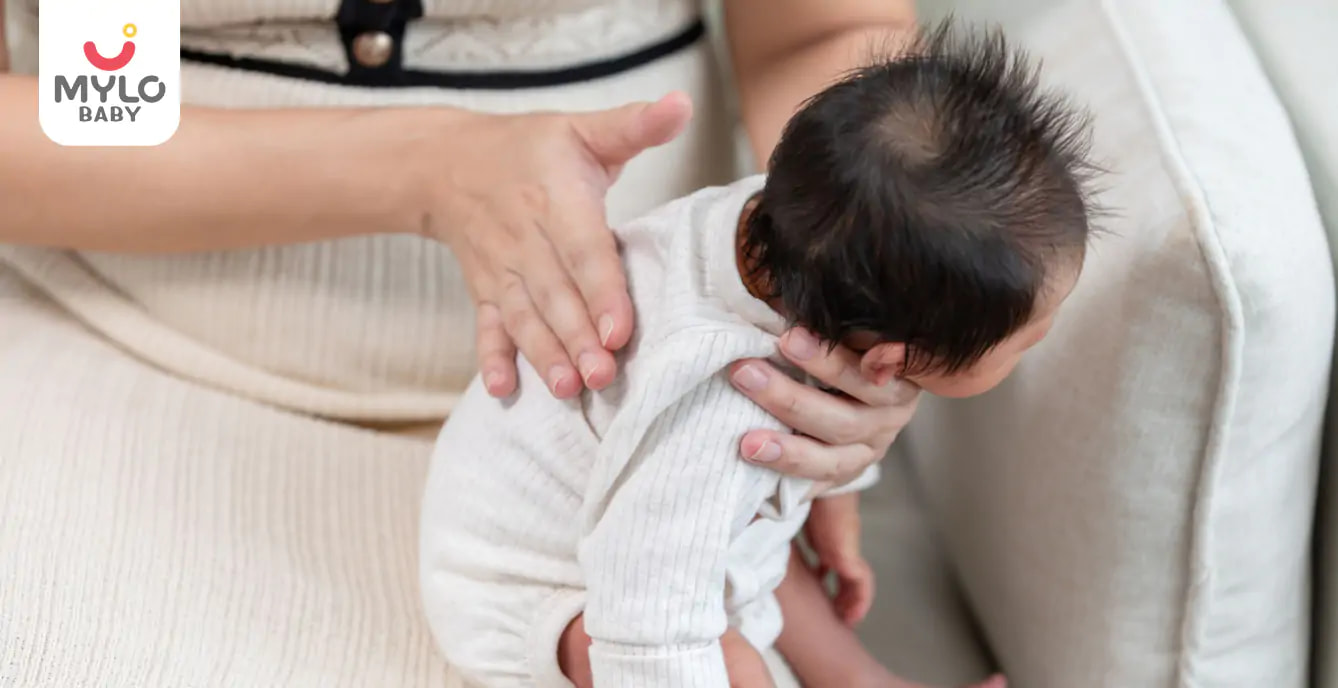Home

Care for Baby

Why Babies Cry After Birth?
In this Article
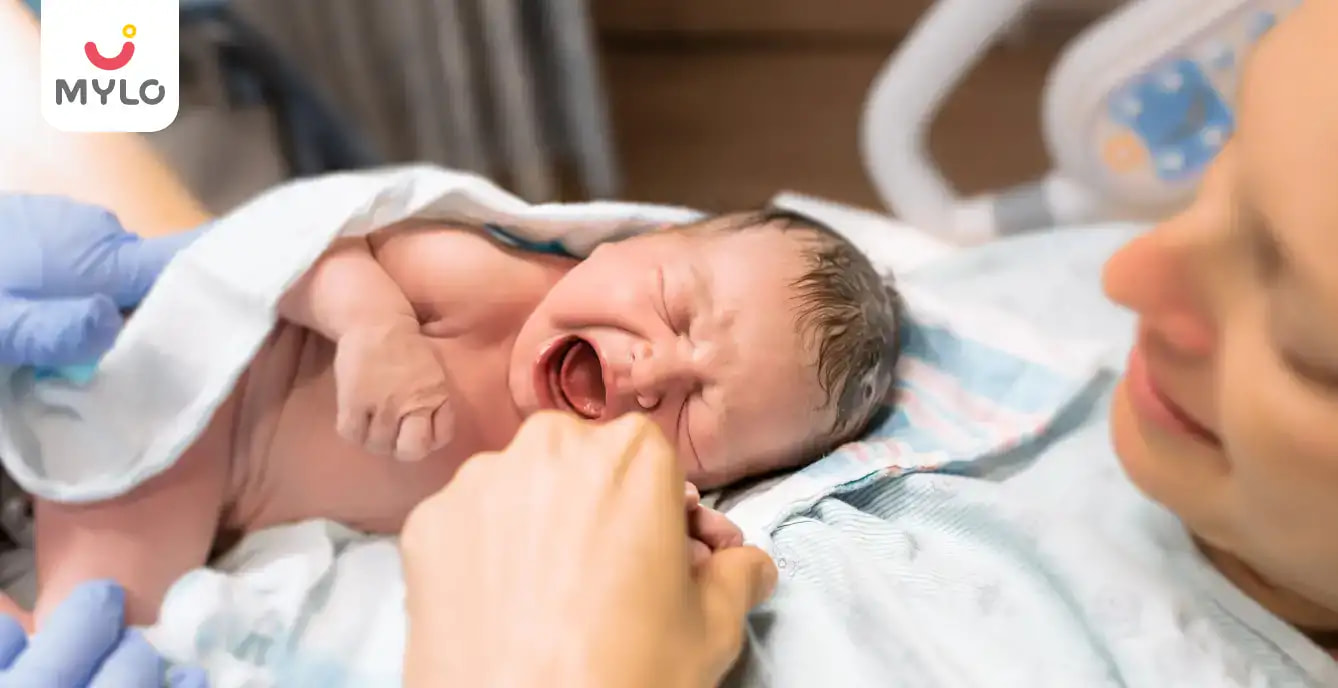
Care for Baby
Why Babies Cry After Birth?
Updated on 17 May 2023
Your baby’s first cry at birth is a sign of victory and life. Mothers only breathe a sigh of relief when they hear their baby’s first cry. It’s like music to their ears, something they will never forget for the rest of their lives. But it’s common to have questions about why babies cry after birth. In this article, we will discuss the truth behind why a child cries soon after its birth and much more.
What happens during the first few minutes after a baby is born?
Within seconds of the birth, your baby should start crying and breathing, which means their lungs are functioning properly. If everything is alright and your baby doesn’t require any special help, the nurse will place the baby on your chest or belly for skin-to-skin contact. Or she may first dry your baby and cover the little one with a warm blanket or towel.
Soon after the birth, the umbilical cord will need to be clamped and cut. Your partner may be allowed to cut the umbilical cord. However, if you had a caesarean section, any complications like heavy bleeding or your baby needs special care, the obstetrician will clamp and cut the cord. Don’t worry, cutting the cord will not be painful for you or your baby though it might be tough.
How your baby will look right after birth?
Your baby may look blue or purple in the initial few minutes of birth but that’s normal. If the baby’s breathing okay, the skin colour will gradually turn pink. Sometimes, the baby’s hands and feet may stay blue for a day because the blood vessels in your baby’s limbs are tiny and it may take the blood some time to circulate properly.
Your baby’s face and eyelids might be puffy or swollen and the feet and legs a little bowed or bent. But that’s how they were in utero and will soon turn normal. You may also notice some tiny bumps or pimples on your newborn’s skin but they are harmless and will disappear within a few weeks. Your baby’s top player skin will also flake off and lanugo (fine, downy hair at birth) will also wear off within weeks.
You may also like: New Born Baby Care Tips
Do all babies cry after birth?
Yes, it is essential for all babies to cry after birth. The first cry after birth signifies that a baby’s lungs are functioning well and they are able to breathe. However, some babies may not cry immediately after birth. If a baby’s first cry is delayed, they may need to be stimulated by the doctor or the nurse. In cases of emergency, the baby may require special attention.
You may also like: Meconium Aspiration Syndrome: Symptoms, Causes & Treatment
Why do babies cry after birth?
It’s crucial for a baby to cry within the first few minutes after their birth because it means they’re able to breathe. While in utero, babies breathe through their mothers’ placenta and breathe in the amniotic fluid. However, once they’re born, they must squeeze out all the amniotic fluid from their lungs. If a baby cries at birth, within minutes, the amniotic fluid gets replaced by air and the lungs begin to function.
During birth, babies feel immense pressure on their chest and are unable to breathe. After they are delivered into the world, the pressure eases and your baby’s breathing reflex will kick in. Your little one will soon cough out the fluid blocking their airways and begin to breathe air with their lungs.
The Bottom Line
Now that you know why babies cry after birth, it is something you should be proud of. You should enjoy these first cries of your baby- a sign their lungs are functioning well, they are awake and alive. Some newborns may continue to cry but that’s just because they are taking longer to transition from your womb to the world.
References
1. van Manen MA. (2017). The First Cry of the Child. Qual Health Res.
2. Lakshminrusimha S, Jobe AH. (2021). Baby's First Cries and Establishment of Gas Exchange in the Lung. Am J Respir Crit Care Med.



Written by
Anupama Chadha
Anupama Chadha, born and raised in Delhi is a content writer who has written extensively for industries such as HR, Healthcare, Finance, Retail and Tech.
Read MoreGet baby's diet chart, and growth tips

Related Articles
Related Topics
RECENTLY PUBLISHED ARTICLES
our most recent articles
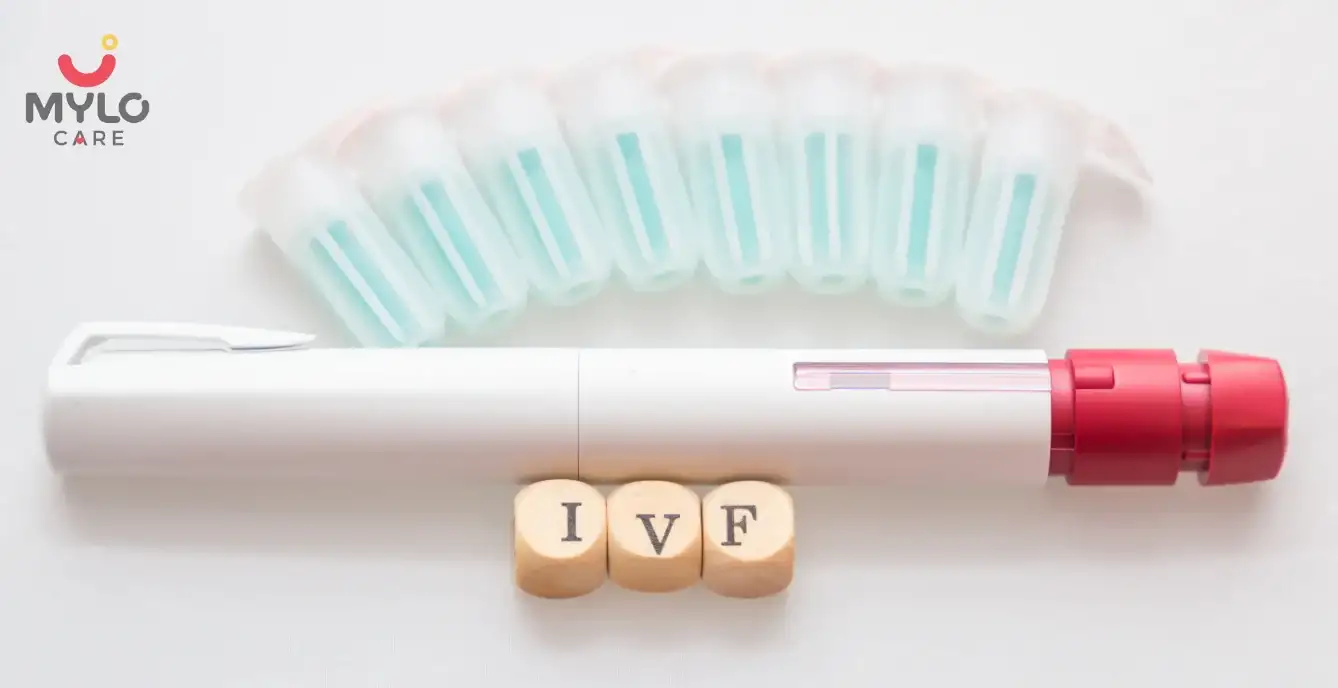
In Vitro Fertilization (IVF)
IVF Process Step by Step Timeline: What to Expect During Your Fertility Journey
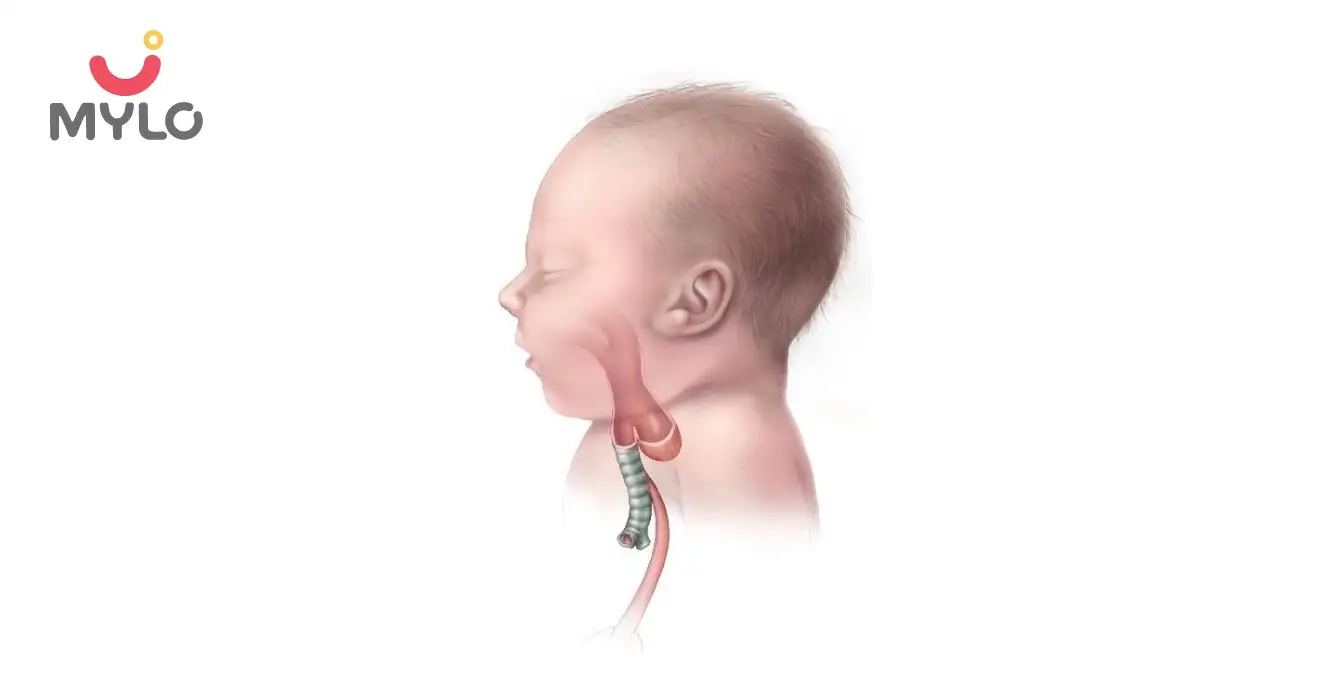
Symptoms & Illnesses
Tracheoesophageal Fistula: Causes, Symptoms, Risks & Treatment
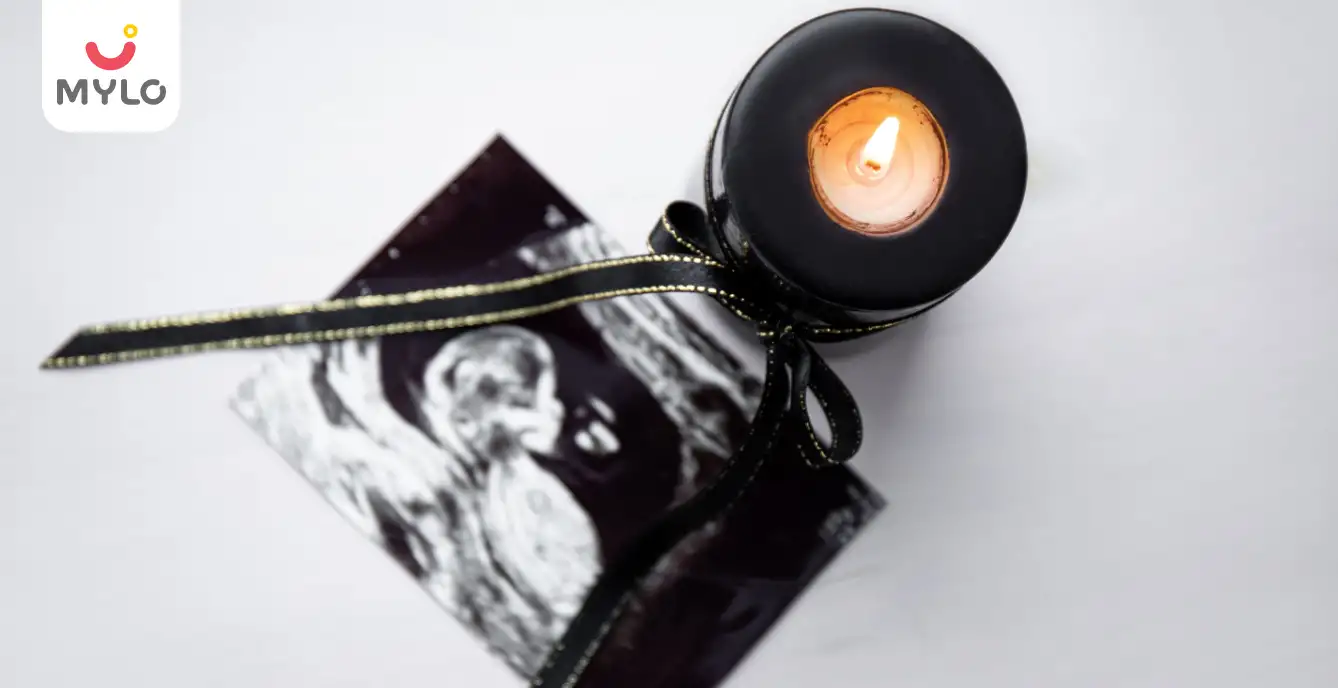
Growth & Development
Stillbirth: Cause, Symptoms, Risks & Prevention

skin care
Giant Congenital Melanocytic Nevus: Causes, Symptoms, & Treatment
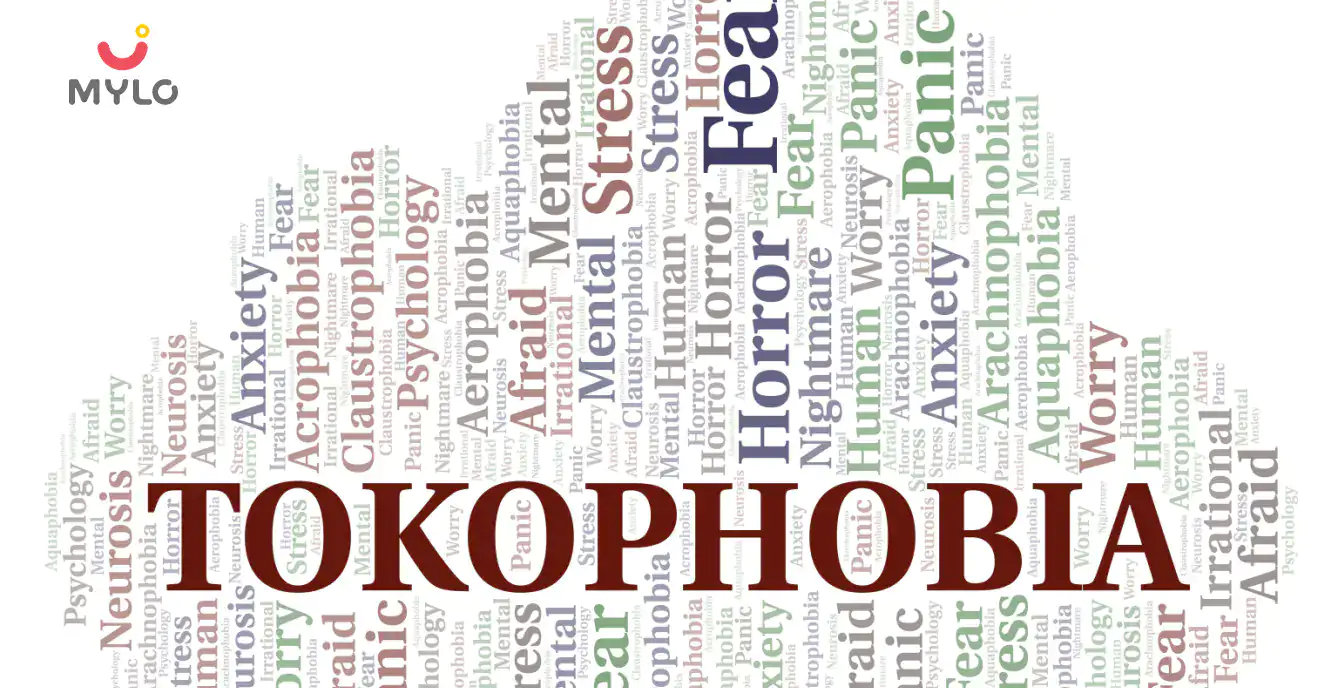
Fears & Phobias
Tokophobia: How to Manage Your Phobia of Pregnancy & Childbirth
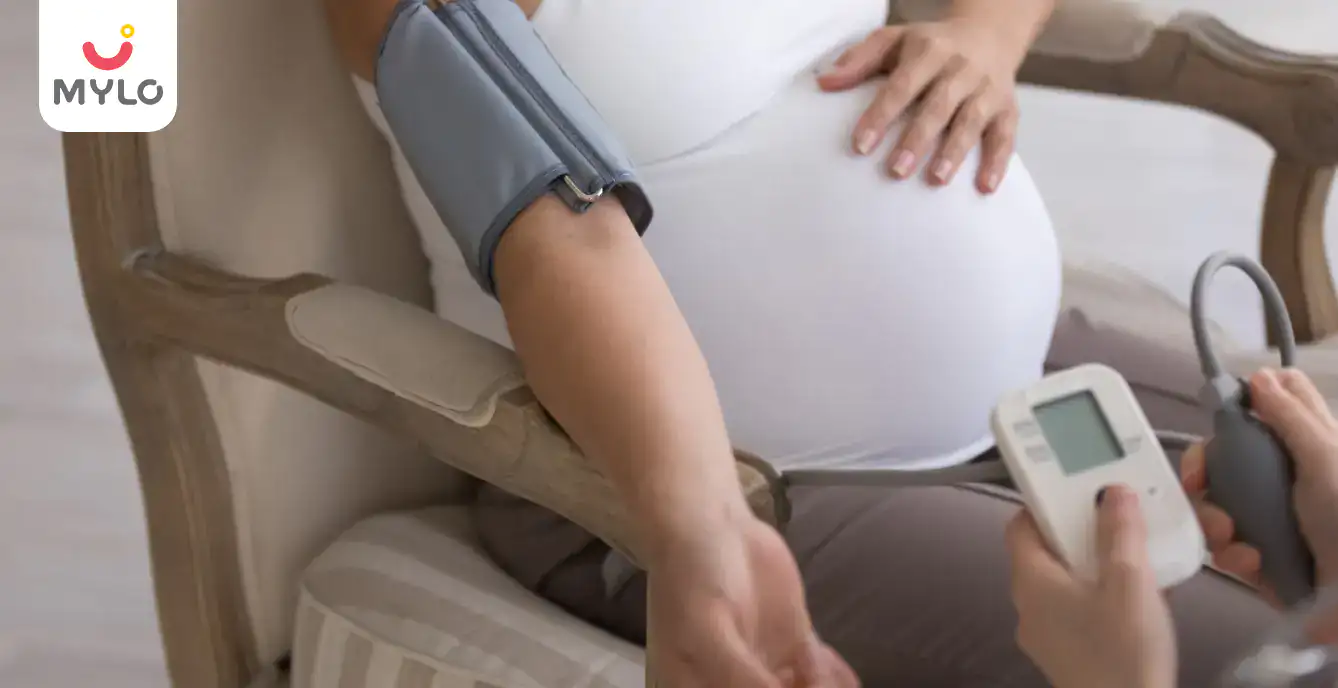
Low BP in Pregnancy: Symptoms, Effects & Treatments
- Helping your twins to sleep at the same time
- Baby Brain Development: What You Should Know
- Tummy Tuck (Abdominoplasty) Procedure, Risks, Preparation & Recovery
- Spina Bifida: Causes, Symptoms & Treatment
- Diastasis Recti: Causes, Symptoms, Risks & Preventions
- Opioid Overdose, Risk & Prevention
- Is Pregnancy After 35 Right for You? A Comprehensive Guide
- Clubfoot (Talipes Equinovarus): Meaning, Symptoms & More
- RSV (Respiratory Syncytial Virus): Symptoms, Causes & Treatment
- Loose Vagina: Learn How To Tighten Your Vagina Naturally
- Umbilical Cord Prolapse Causes, Symptoms & Treatment
- Bipolar Disorder: Causes, Symptoms, Risks & Treatment
- Sinus Infection During Pregnancy Causes & Treatment
- Intrauterine Growth Restriction (IUGR) in Pregnancy


AWARDS AND RECOGNITION

Mylo wins Forbes D2C Disruptor award

Mylo wins The Economic Times Promising Brands 2022
AS SEEN IN
















- Mylo Care: Effective and science-backed personal care and wellness solutions for a joyful you.
- Mylo Baby: Science-backed, gentle and effective personal care & hygiene range for your little one.
- Mylo Community: Trusted and empathetic community of 10mn+ parents and experts.
Product Categories
baby carrier | baby soap | baby wipes | stretch marks cream | baby cream | baby shampoo | baby massage oil | baby hair oil | stretch marks oil | baby body wash | baby powder | baby lotion | diaper rash cream | newborn diapers | teether | baby kajal | baby diapers | cloth diapers |




